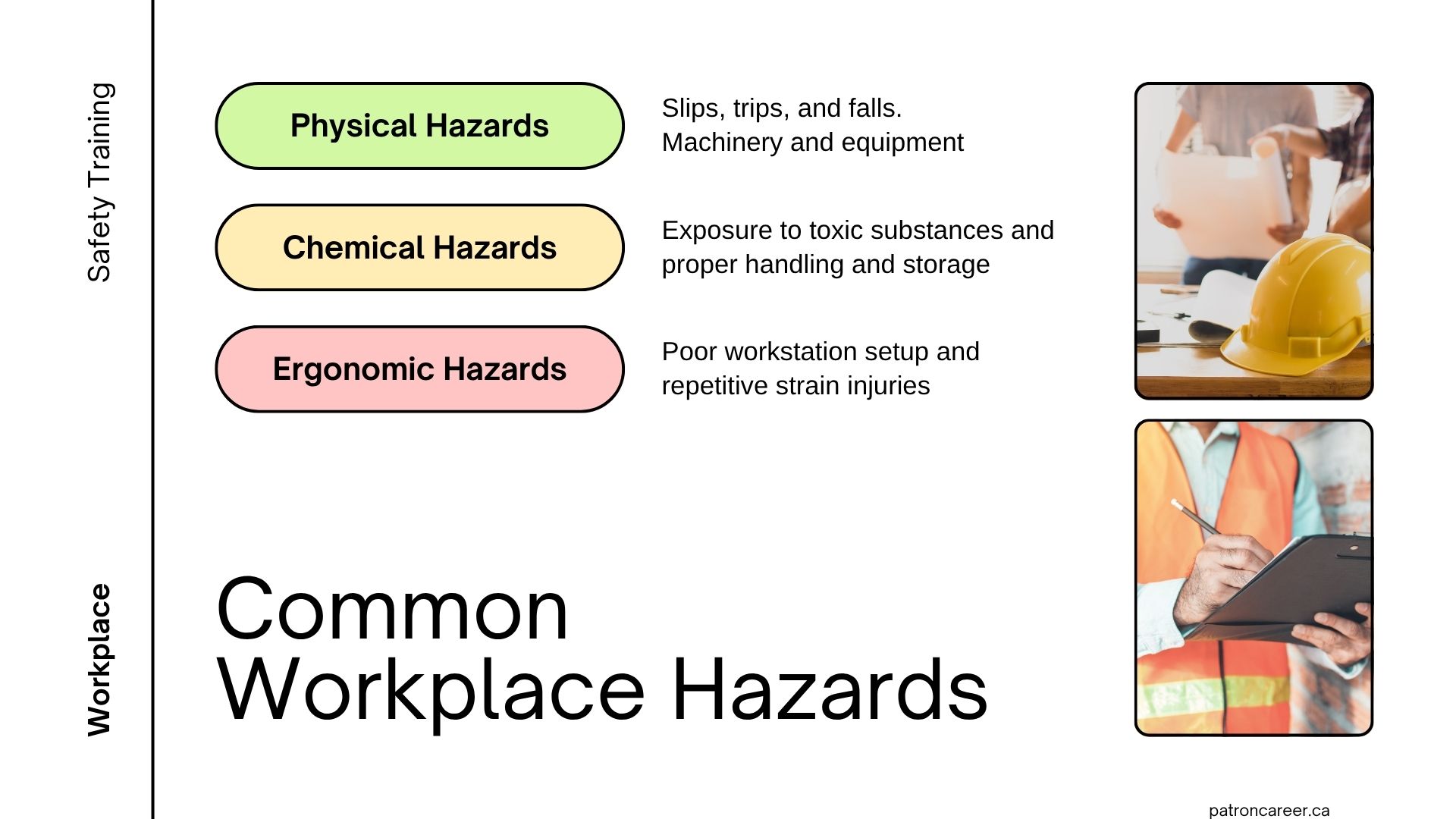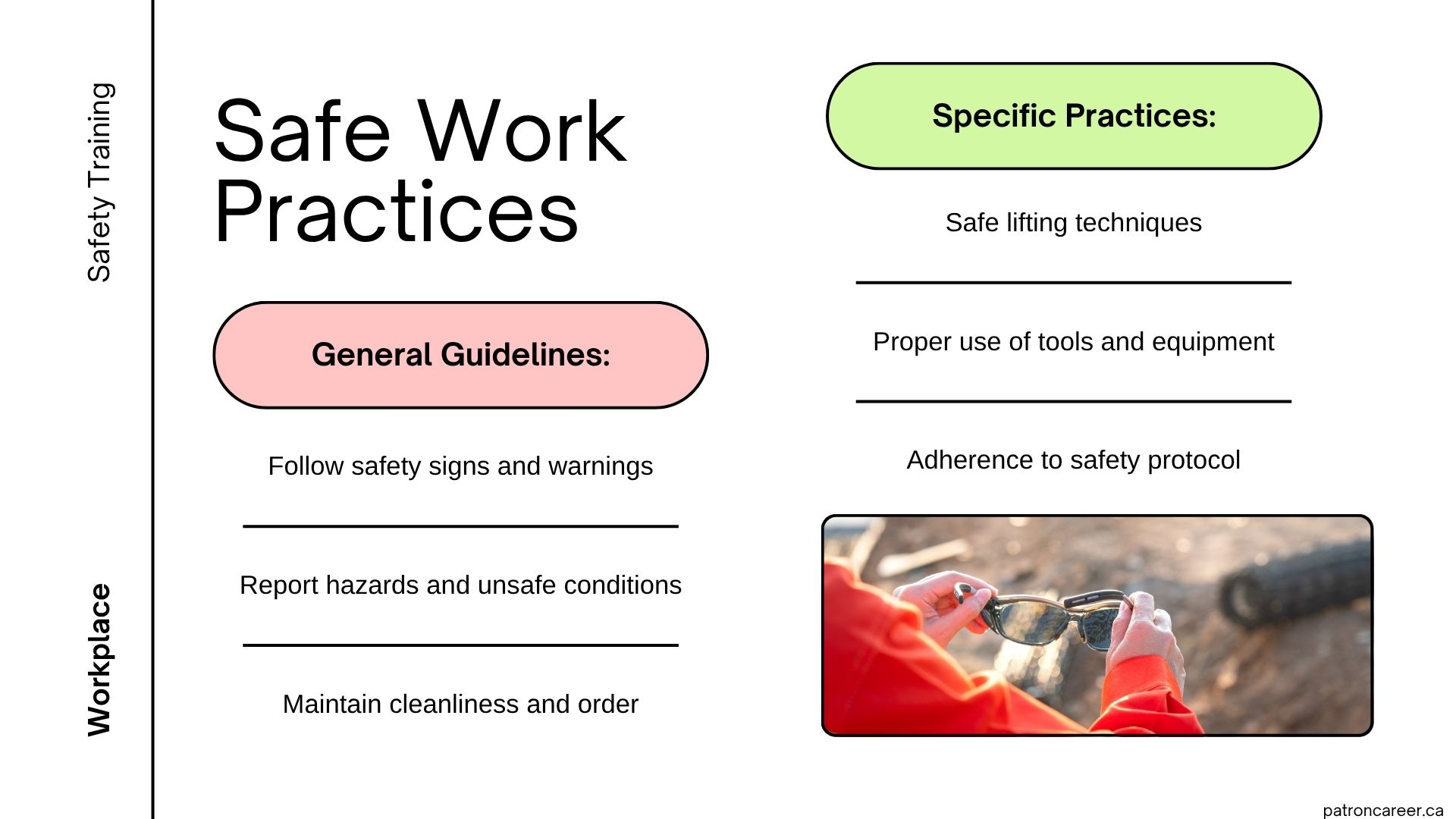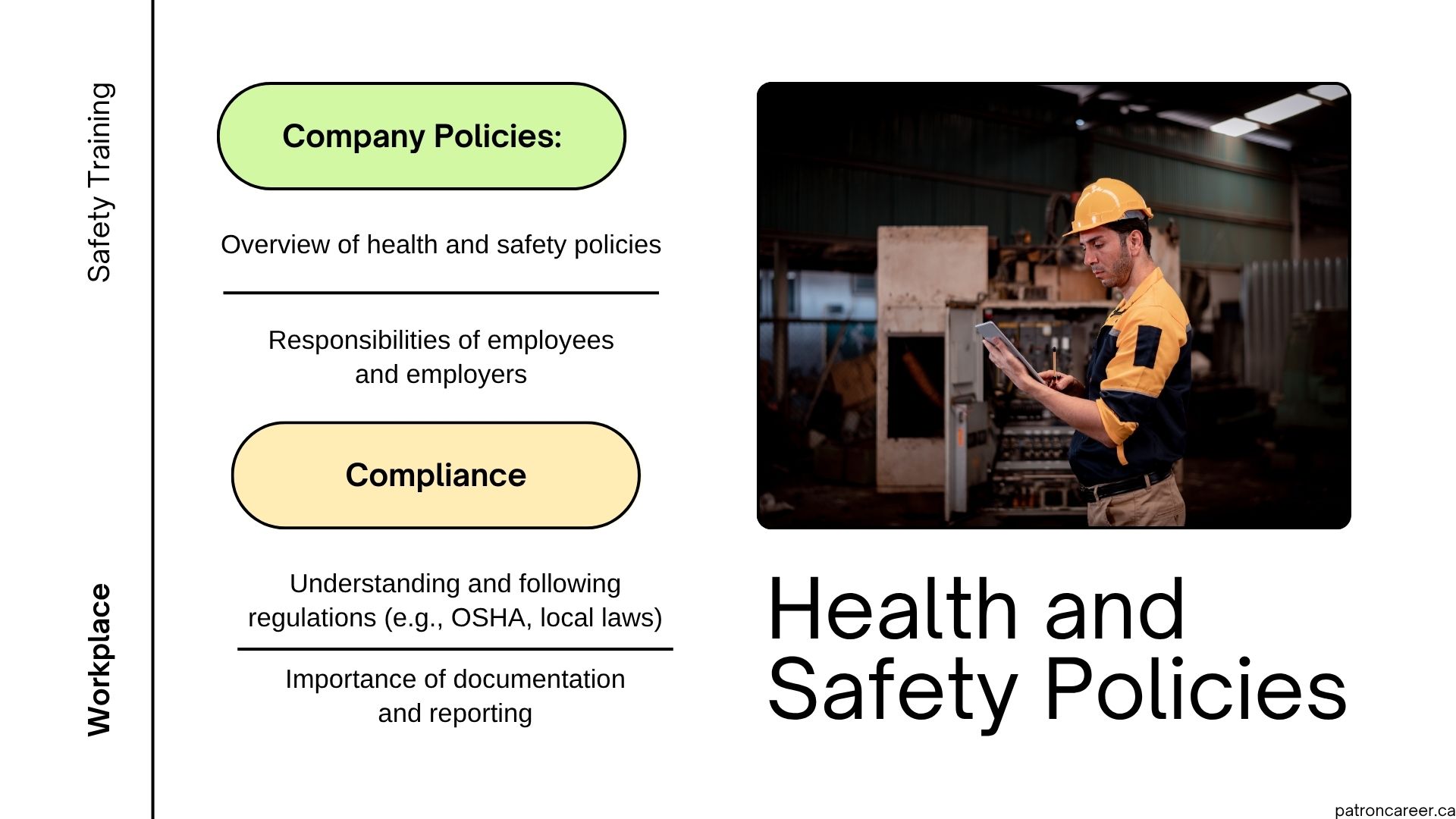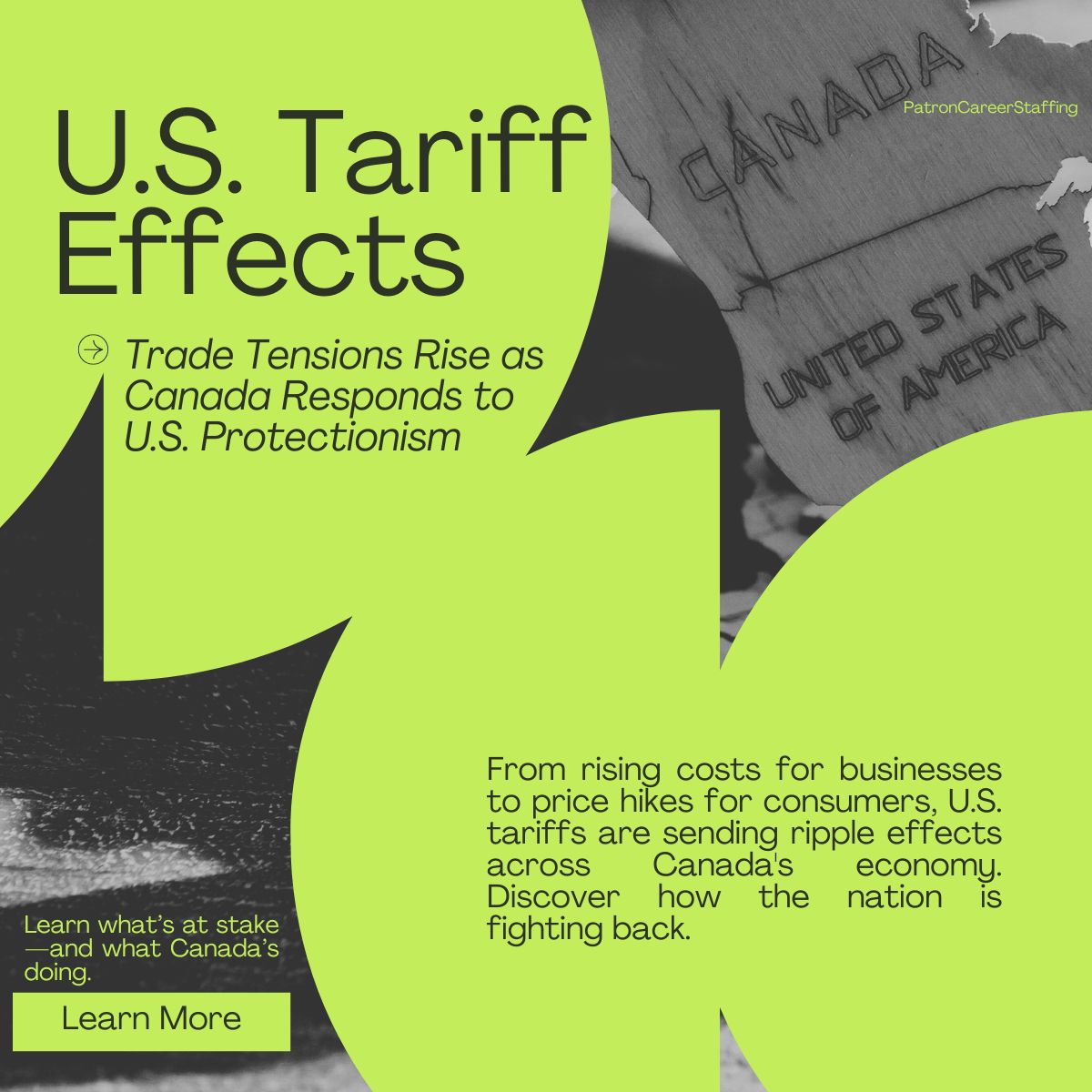Safety First: The 2025 Quick Guide to Workplace Safety
In today’s rapidly advancing world of work, where deadlines loom and productivity reigns supreme, one fundamental must never be overlooked or compromised— safety. Ensuring a safe workplace is an essential element of the working environment. Businesses with robust, stringent safety policies excel in terms of employee well-being, legal compliance, and performance, with substantial cost savings.
Whether you’re running a serene office, managing an extensive warehouse, or an SME, workplace safety is paramount to keeping everything upright, regardless of the company size. It's high time to revisit, rethink and reinforce the golden rules of safety in the workplace, because a safe worker is a productive worker, and a safe workplace is a thriving business.
Today’s article will focus on the A to Z of employee safety, from discovering common workplace hazards to disseminating how businesses can ensure workplace safety and keep people safe and secure.
What Is Workplace Safety and Why Does It Matter
In a workplace setting, employees are often prone to risks, hazards, and safety issues. Workplace safety encompasses all policies, processes, and behaviors that collectively protect employees from injury, illness, and fatalities while on the job. It goes beyond putting up caution signs and requires a culture of prevention, awareness, and responsibility.
Importance of workplace safety
A silent cornerstone of operating a business is protecting the lives of those who give it 110% and bring accolades to the organization. Workplace safety is both a legal obligation and a smart business strategy. A sound and safe workplace boosts employee morale, reduces workers’ compensation costs, cuts down on absenteeism, and enhances retention. After all, people stay where they feel safe.
The chances of workplace accidents and occupational illnesses skyrocket when safety and health are overlooked. This oversight can damage the company’s reputation and brand image, posing serious threats to talent acquisition and long-term retention. In specific industries like healthcare, manufacturing, or construction, safety negligence can be catastrophic, leading to fines, litigation, or even shutdowns.
Related: How to Address Healthcare Issues and Risks in the Workplace? - A Comprehensive Guide
Common Workplace Hazards: Know Your Enemy
You’ll be able to prevent risks only if you know what they are. Hazards can vary depending on industry, but several hazards are common and can be categorized into:
- Physical Hazards- Most common are slips, trips, falls, unguarded machinery or poor lighting. Think of wet floors in a grocery store or exposed wiring in an office renovation.
- Chemical Hazards- An exposure to cleaning agents, flammable substances, or industrial chemicals may lead to skin irritation, infections, respiratory issues or fires.
- Biological Hazards- Common in healthcare and food beverage sectors, these include bacteria, viruses and moulds.
- Ergonomic Hazards – Repetitive movements, poor posture, and badly designed workstations can lead to musculoskeletal disorders.
- Psychosocial Hazards – Stress, harassment, bullying, and burnout are often underestimated risks that impact both mental and physical well-being.
Related: What constitutes a workplace hazard?
Safe Work Practices: Prevent, Don’t Repair
Let's lay it on the line: Safety isn’t a reaction; it’s a proactive habit. It requires constant effort, everyday actions, thought-out plans, and precautions to minimize risks. These include:
- Regular Equipment Inspections – Ensure all tools and machines are routinely checked and maintained.
- Proper Signage – Use clear labels and warning signs to alert employees of hazardous areas.
- Clean Workspaces – Maintain cleanliness to prevent slips, chemical exposure, and fire hazards.
- Correct Lifting Techniques – Teach employees how to lift safely to avoid back injuries.
- Emergency Procedures – Fire drills, first-aid kits, and evacuation plans must be visible and rehearsed.
Pro Tip: Involve employees in safety planning. They’re the boots on the ground and often spot potential hazards before management does.
Health and Safety Policies: Your Safety Blueprint
Canadian employers are under a legal obligation to provide a safe working environment for their employees. The prominent laws include the Canada Labour Code Part II and the provincial Occupational Health and Safety Acts (OHSA) that mandate a safe workplace.
Your company’s health and safety policy should outline:
- The organization's commitment to safety.
- Clear responsibilities for both employers and employees.
- Reporting procedures for accidents and near-misses.
- Disciplinary actions for safety violations.
- Hazard Reporting and proper use of PPE
- Roles of joint health and safety committees (mandatory for companies with over 20 employees in Ontario, for example).
For Canadian businesses, failing to comply can lead to severe penalties. For instance, Ontario employers who breach OHSA regulations can face significant penalties of up to $1.5 million for each offence and imprisonment for directors or officers.
Also Read: Health and Hygiene Measures for Food Production Workers
Training and Awareness: Knowledge Is Your Safety Net
Even the best policies may be rendered useless if your employees are not well-informed about them. Hence, safety training becomes an indispensable part of workplace safety programs.
Effective safety training programs look like this:
- Be personalized to job roles, for example, WHMIS training for those handling chemicals.
- To impart onboard safety sessions for new hires
- Be regularly updated with refresher courses
- Disciplinary actions for safety violations.
- Use engaging formats with interactive simulations and not a 40-slide PPT.
Use gamification strategies, safety posters, email reminders and toolbox talks to raise awareness and safeguard your employees. A safety-first mindset should be a policy and not a one-day seminar.
Legal Landscape: Understanding Canadian Safety Law
Canada takes workplace safety seriously, and so should you. Here's a snapshot of legal frameworks to stay compliant:
- Canada Labour Code – Applies to federally regulated sectors like transportation, banks, and telecommunications.
- Provincial OHSA Laws – Each province has its own set of regulations (e.g., Ontario’s OHSA, Alberta’s OHS Act).
- Workers' Compensation Boards (WCBs) – Handle claims for workplace injuries and illnesses, and can impose levies or surcharges based on a company’s safety record.
- Workplace Hazardous Materials Information System (WHMIS) – Mandatory training system for chemical hazard communication.
Note: Non-compliance doesn’t just result in financial fines. It can also lead to criminal liability under Bill C-45, also known as the Westray Bill, which holds organizations and individuals responsible for workplace injuries or fatalities resulting from negligence.
Also Read: Best Practices for a Vibrant Workplace
In Essence: Building a Culture of Safety in 2025
Safety isn’t a checkbox; it’s a compass to guide employers and employees alike to make workplace safety a priority and not a business prerogative. While panic buttons, fire drills and safety policies are essential, it’s the act of creating a culture that values and protects individuals that counts more.
Here are three bonus tips to step up your safety game:
- Go Digital: Use technology to track incidents, implement panic buttons, manage compliance and give real-time alerts.
- Empower Safety Leaders: Appoint trained safety leaders for every department.
- Celebrate Milestones: recognize and reward injury-free periods and employee contributions to safety.
Commit to employee safety and build a safer and smarter workforce!








